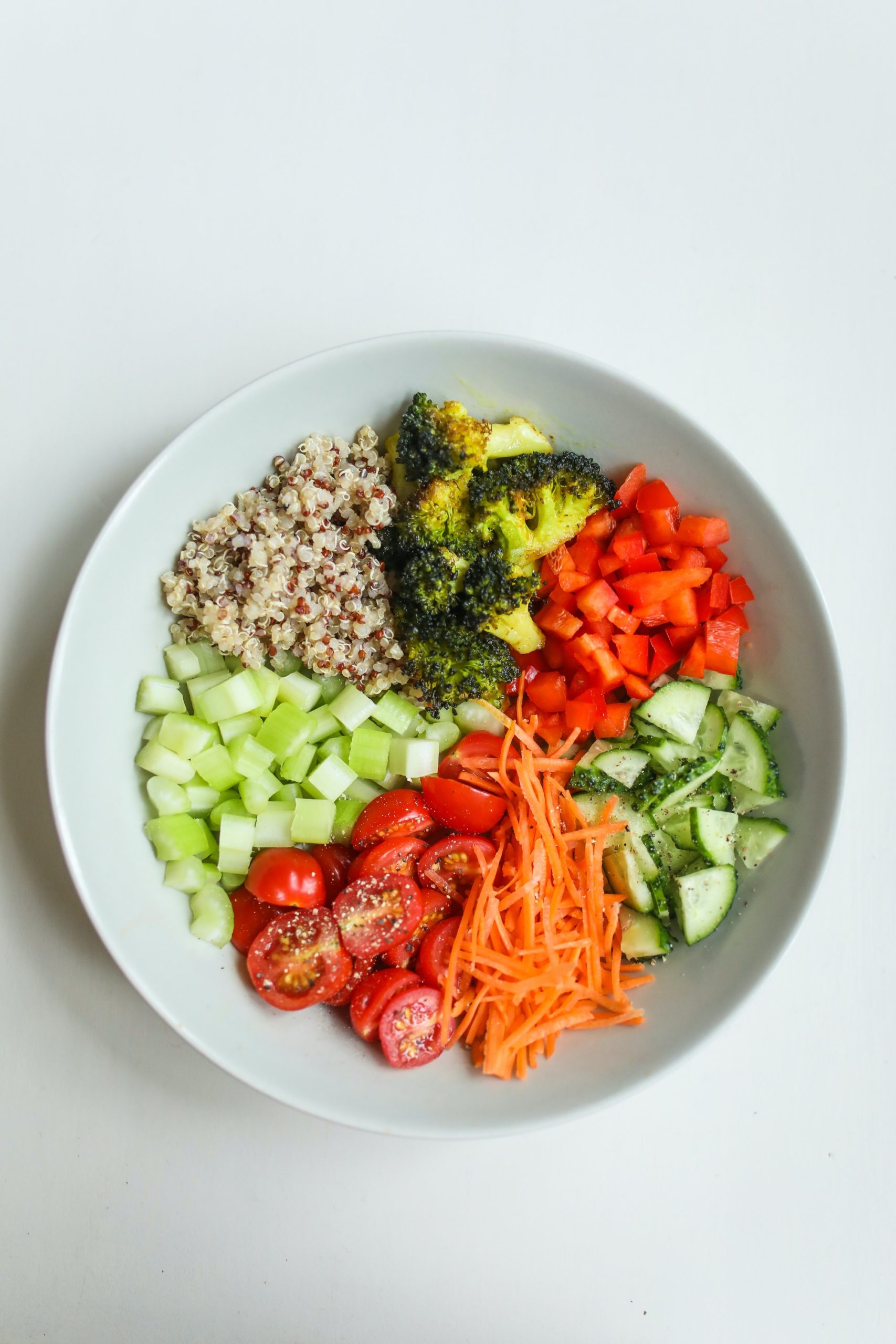Healthy Food & Emotional Regulation

Are you an emotional eater? When you’re feeling stressed, do you find yourself ordering in pizza? When something sad happens, do you drown your grief in sugar? If so, you’re not alone. A majority of people deal with the challenges of life by turning to their favorite comfort foods.
The trouble is, these foods are only a temporary fix. They fill a void, and in the case of sugar, give our mood a boost. But then we come crashing down again and may even experience shame and guilt for having binged on food we know is not good for us. This can lead to a vicious cycle of more emotions, more eating, more emotions, more eating. This cycle can ultimately lead to weight gain and even the development of certain chronic diseases like heart disease and type 2 diabetes.
Your Brain on Comfort Foods
We are what we eat is a very true sentiment, especially when it comes to our brain. When life throws us challenges, we need our brain to work optimally so we can figure out the best way to deal with our circumstances or to process emotions. The trouble with reaching for comfort foods is, they are actually harmful to your brain.
Think of your brain like the engine in a car. You wouldn’t put frozen lattes in your gas tank because you know your car needs the right kind of fuel to run well. Your brain also needs the right kind of fuel. Your brain requires high-quality foods that are loaded with vitamins, minerals and antioxidants. These nutrients nourish your brain and protect it from oxidative stress.
Did you know that studies have shown a direct link between a diet high in refined sugars and impaired brain function? And even a worsening of symptoms such as depression?
The bottom line is, while your instinct in the moment may be to reach for those processed comfort foods, do your best to make better food choices. It will be hard at first, but good habits can be formed over time. Your brain will thank you.
SOURCES:
